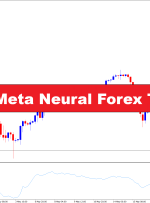
Forex traders face big challenges with market ups and downs and lots of data. Old ways don’t work well, leading to frustration and lost money. The Momentum and Meta Neural Forex Trading Strategy is a new hope. It mixes momentum signs with smart neural networks to use AI for trend analysis and smart trading choices.











